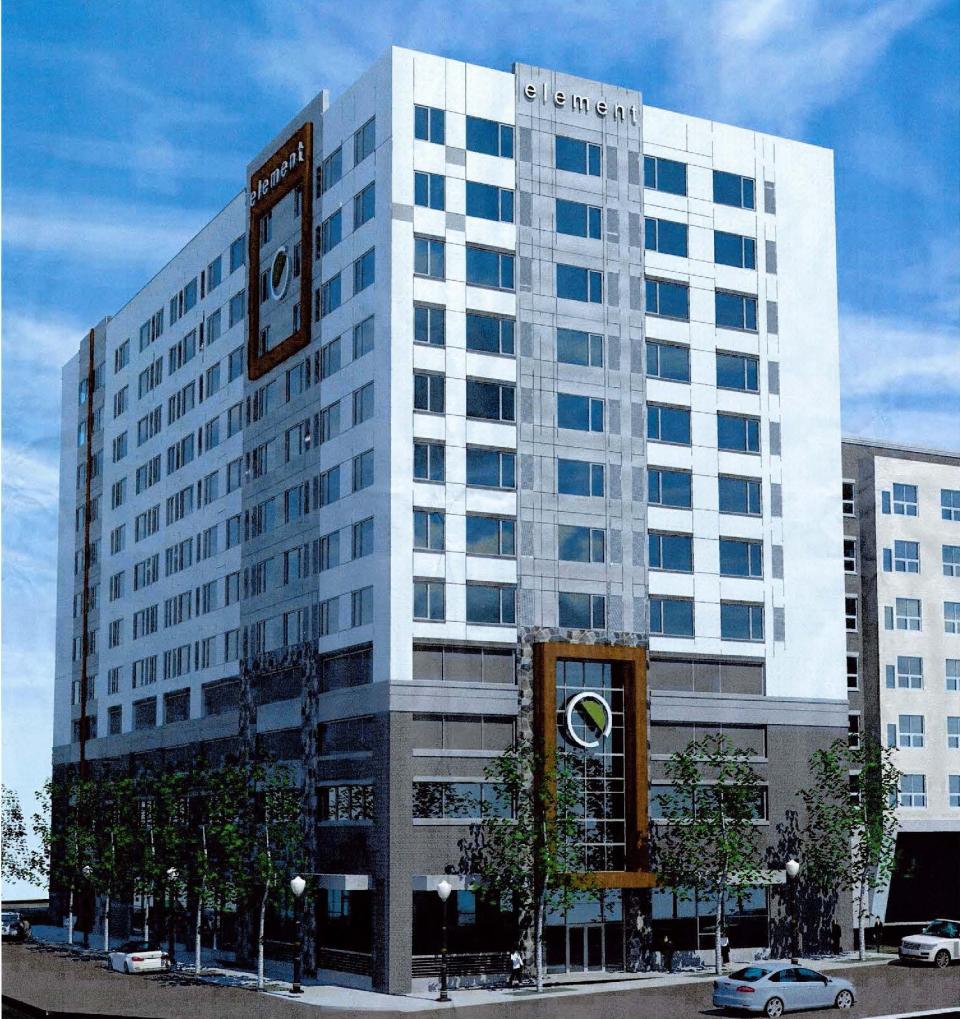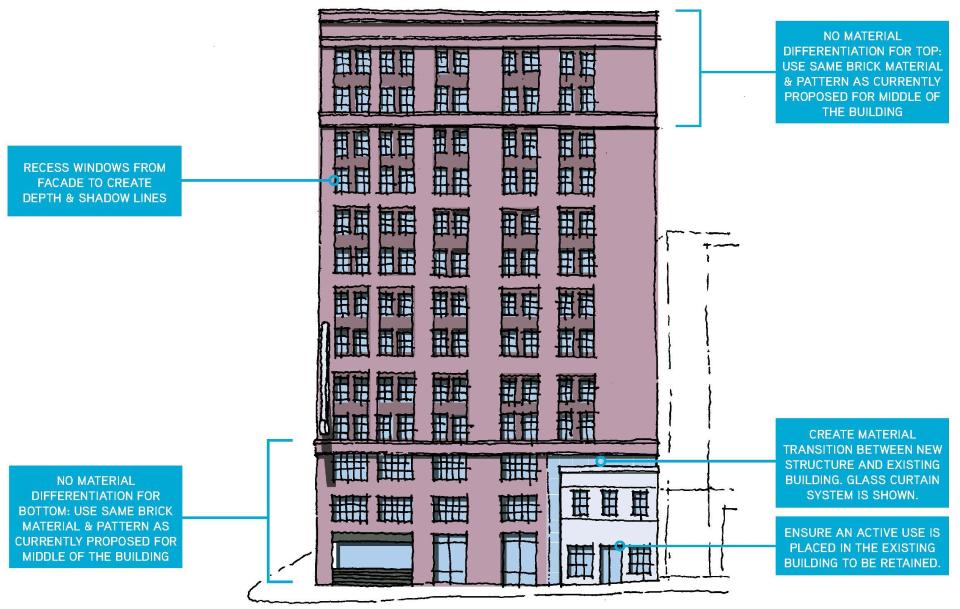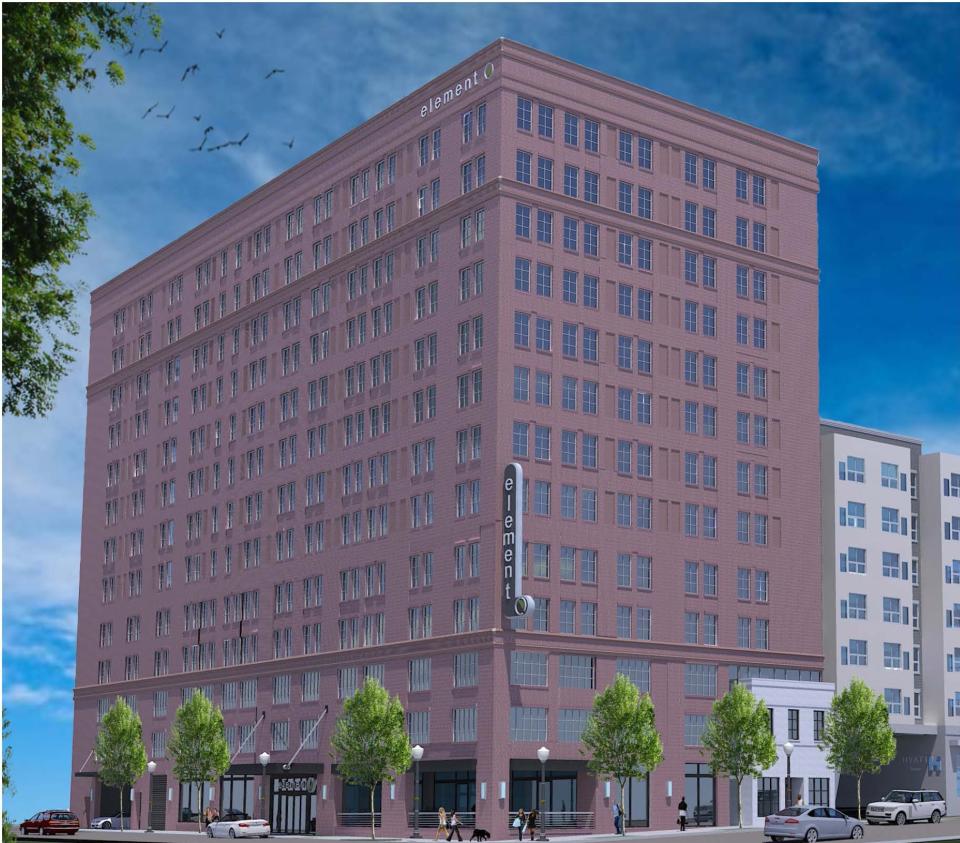Atlanta Planning Commissioner Is on a Mission to Stop Ugly Building Construction
There’s a signature look to a New York brownstone, a Philadelphia row house, or a New England–style colonial. But what does an Atlanta-style building look like? That’s part of what Atlanta Planning Commissioner Tim Keane is trying to define. To keep “ugly” buildings from being built in the city, he recently threatened to hold up construction on projects that didn’t meet design standards. Since he started, three developers have revised their plans in order to accommodate the city’s wishes for a higher quality of design.
Before coming to Atlanta, Keane was working in the same role for Charleston, South Carolina, a city that’s now seen a massive jump in popularity with tourism booming, much of which is thanks to his work. Keane says he’s found a tougher audience in Atlanta, though, as developers seem less concerned with aesthetics.

“Atlanta doesn’t really have much of a physical identity,” Keane tells AD PRO. “If we could get the planning department to think of the city as something that needs to be designed and not just planned, that would be a huge step forward.”
“We started working on smaller scale stuff, architecture, the design of buildings,” he continues. “We’ve put too much emphasis on zoning, that you can make a great city based on zoning, and that’s just not the case. Residents look at the design of buildings, and they don’t know or care about the zoning. They look up and ask, ‘Does this building inspire me?’ That’s what we need to focus on in Atlanta, to keep insulting buildings from happening.”
Keane’s commission is ready to get more involved in improving the quality of design. Ignoring this would only stifle the growth of the city, he argues. “People need to understand that Atlanta is growing, the city will get denser, and if we don’t design the buildings well, in that urban context, then our growth will be thwarted. We can’t just let buildings get built that when people see them they’ll be discouraged, if not appalled.”

Keane’s comments and authority to potentially hold up projects for design review leaves developers with the task of defining “good design.” If design, like art, is subjective, how can planners meet Keane’s commission’s requirements? For those looking to build in Atlanta, the city’s not here to stand in the way of progress, Keane assures.
“It’s not as much about a building type or a style,” he says. “We’re not telling people, ‘That’s what you have to do.’ We’re going to evaluate your design based on the basics of architecture in an urban setting. Honestly, we’re focused on the buildings that are of the poorest design. I met with a developer yesterday who’s doing a really nice job on a 30-story building downtown. And we’re not going to get involved in that or stand in his way; we don’t need to spend our time on that. We need to get involved with buildings and proposals that aren’t doing the basics right.”
When asked just what elements of design he and the commission are referring to when threatening to hold up projects, there are definite examples the commission points to. “There’s a category that I think Atlanta has done poorly: The base of buildings, where the building meets the street, and the other thing is the appearance of these buildings from a distance,” Keane says. “I think those are areas where Atlanta has to do better.”

The reality is, the city can’t impose strict design standards from a legal perspective. Even if it did, it would mean developers would have to challenge the city to court, which costs more time and money than anyone would like to spend, particularly when the alternative would yield a better result anyway. It’s for this reason that most developers have begun working with the city to adjust designs accordingly and refrain from what Keane calls “Mr. Potatohead” buildings, where a handful of aesthetic features are attached to the façade of a building to hopefully slide past the new design-quality guidelines.
Keane’s vision, though, isn’t one of higher taste in design or style; it’s pragmatism in city planning brought to the drafting table. His plan is based on the idea that a better-looking, better-designed city will make Atlanta a more effective one for its residents—and a better realm to live in. For the good of Atlanta’s future as a bustling, growing city, Keane’s vision could keep Atlanta from facing any number of issues as the city continues to grow.
More from AD PRO: Has Instagram Made Design Shows Better?
Sign up for the AD PRO newsletter for all the design news you need to know

